Unemployed Agilists: How to Increase Your Value to Get a Great Job, Part 3
Johanna Rothman
MARCH 18, 2024
That part discusses why managers see agile coaches and Scrum Masters as staff positions, not line jobs. I assume you have some sort of functional product development expertise. If not, why are you in technical product development? This post is about your deep domain expertise, first in product, then in agility.

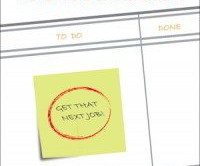

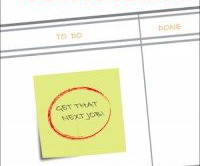
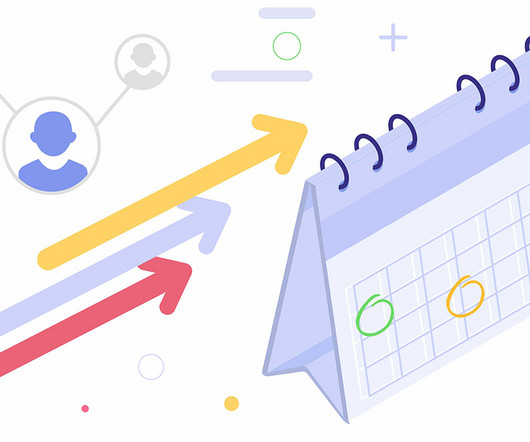




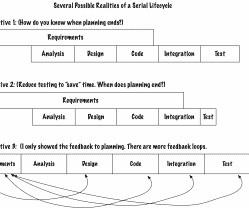
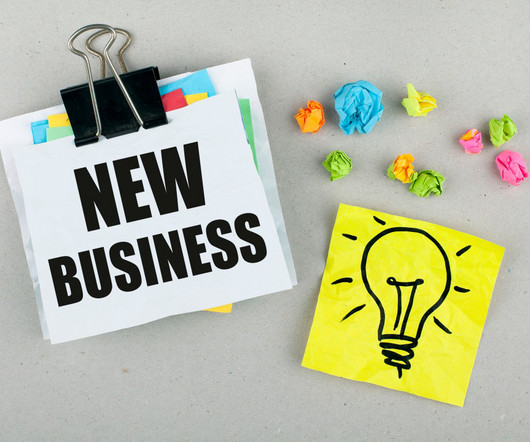

























Let's personalize your content